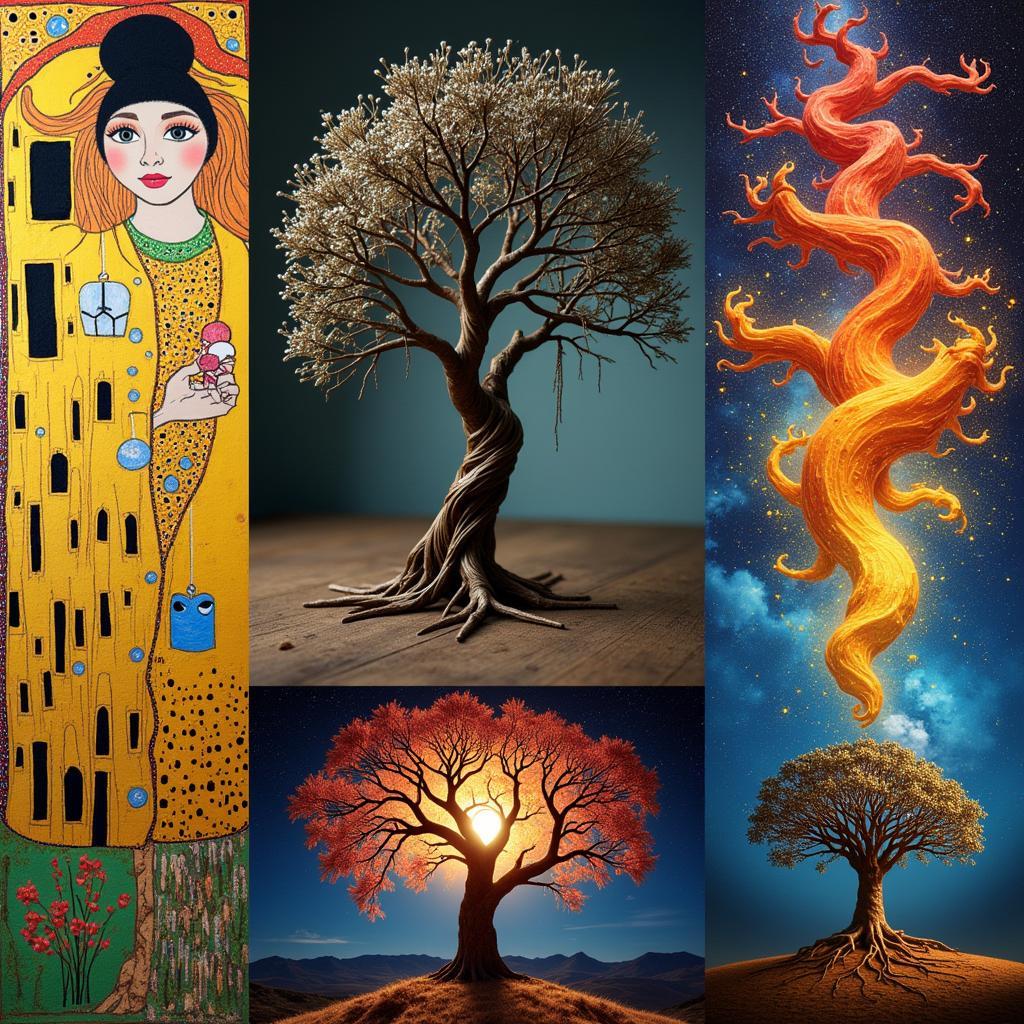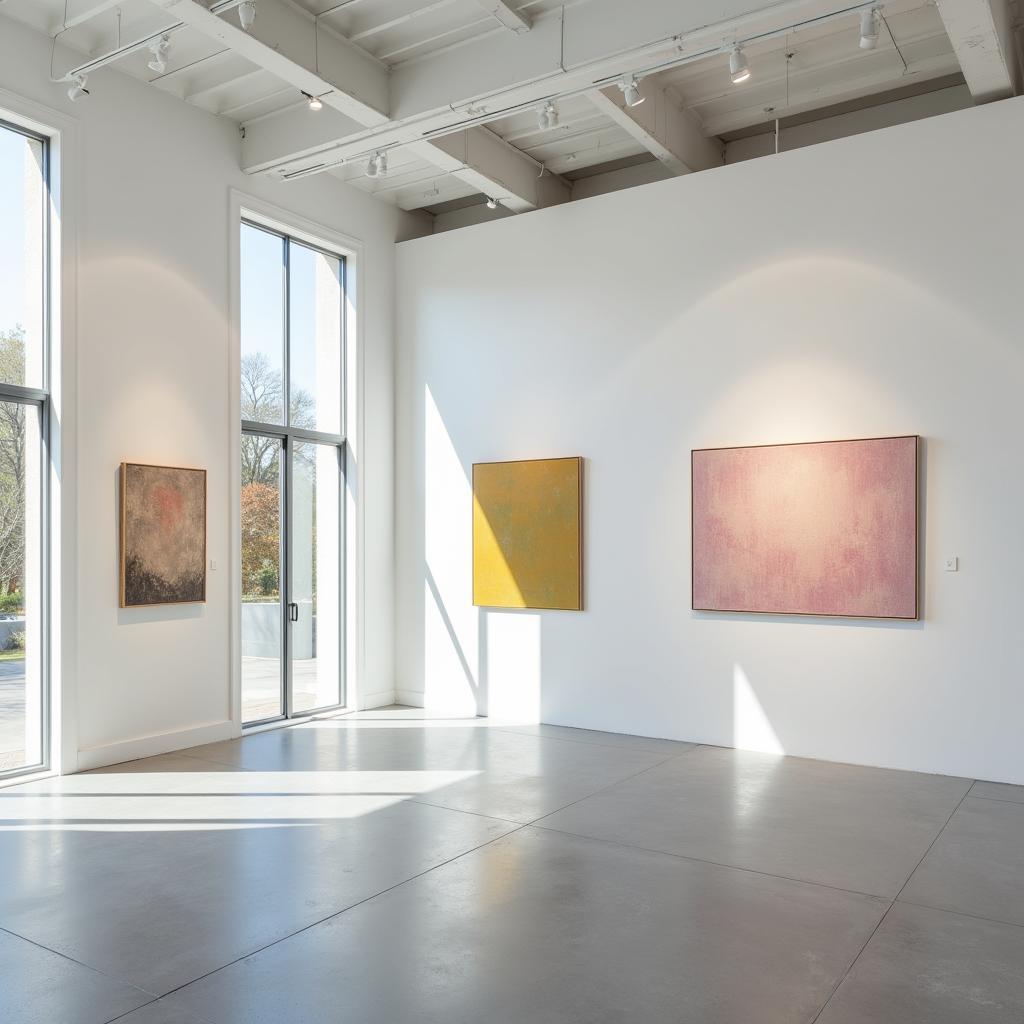Exploring the Enduring Allure of the Tree of Life in Art
The tree of life, a potent symbol woven deeply into the tapestry of human consciousness, has captivated artists for millennia. From ancient cave paintings to modern art tree, this enduring motif transcends cultural boundaries, embodying profound spiritual and philosophical concepts that resonate across time.
The Tree of Life: A Universal Symbol
The tree, in its various forms, stands as a powerful metaphor for life, growth, strength, and interconnectedness. Its roots delve deep into the earth, drawing nourishment and anchoring it firmly to the ground, while its branches reach skyward, aspiring towards the heavens and the unknown. This dualistic nature, grounding yet reaching, makes it a potent symbol for the balance and harmony inherent in the natural world.
Across diverse cultures and belief systems, the tree of life has been imbued with specific meanings. In Norse mythology, Yggdrasil, a colossal ash tree, connects the nine realms, serving as the axis mundi, the center of the cosmos. In Buddhism, the Bodhi tree under which Siddhartha Gautama attained enlightenment represents spiritual awakening and liberation. Christianity associates the tree of life with the Garden of Eden, symbolizing both creation and temptation.
Expressing the Tree of Life Through Artistic Media
The versatility of the tree of life motif has made it a recurring theme in countless art forms. Ancient civilizations wove it into their tapestries, carved it into stone, and painted it on pottery. During the Art Nouveau movement, artists like Gustav Klimt stylized the tree of life, incorporating it into ornate and flowing designs that celebrated organic forms.
 Modern and Contemporary Tree of Life Art
Modern and Contemporary Tree of Life Art
Today, contemporary artists continue to draw inspiration from this timeless symbol. Street artists transform urban landscapes with murals depicting vibrant trees of life, while digital artists utilize technology to create mesmerizing interpretations that blur the lines between reality and the digital realm.
The Tree of Life in Contemporary Art: Breaking New Ground
Modern interpretations of the tree of life push the boundaries of traditional artistic conventions, reflecting evolving perspectives on nature, spirituality, and the human condition. Some artists utilize unconventional materials like recycled metal or found objects to craft intricate sculptures, emphasizing the interconnectedness between humanity and the environment.
Others employ digital tools to craft surreal and dreamlike landscapes where trees of life glow with otherworldly luminescence. Regardless of the medium, the enduring power of the tree of life symbol lies in its ability to connect with something deep within us, reminding us of our connection to nature, to each other, and to the larger mysteries of the universe.
Conclusion: The Everlasting Significance of the Tree of Life
From ancient carvings to string art tree installations, the tree of life has served as a powerful and evocative symbol across cultures and artistic movements. Its enduring appeal lies not only in its aesthetic beauty but also in its profound ability to embody the complexities of life, growth, and the interconnectedness of all things. As artists continue to explore this timeless motif, the tree of life will undoubtedly continue to inspire awe, wonder, and a deeper understanding of ourselves and the world around us.



